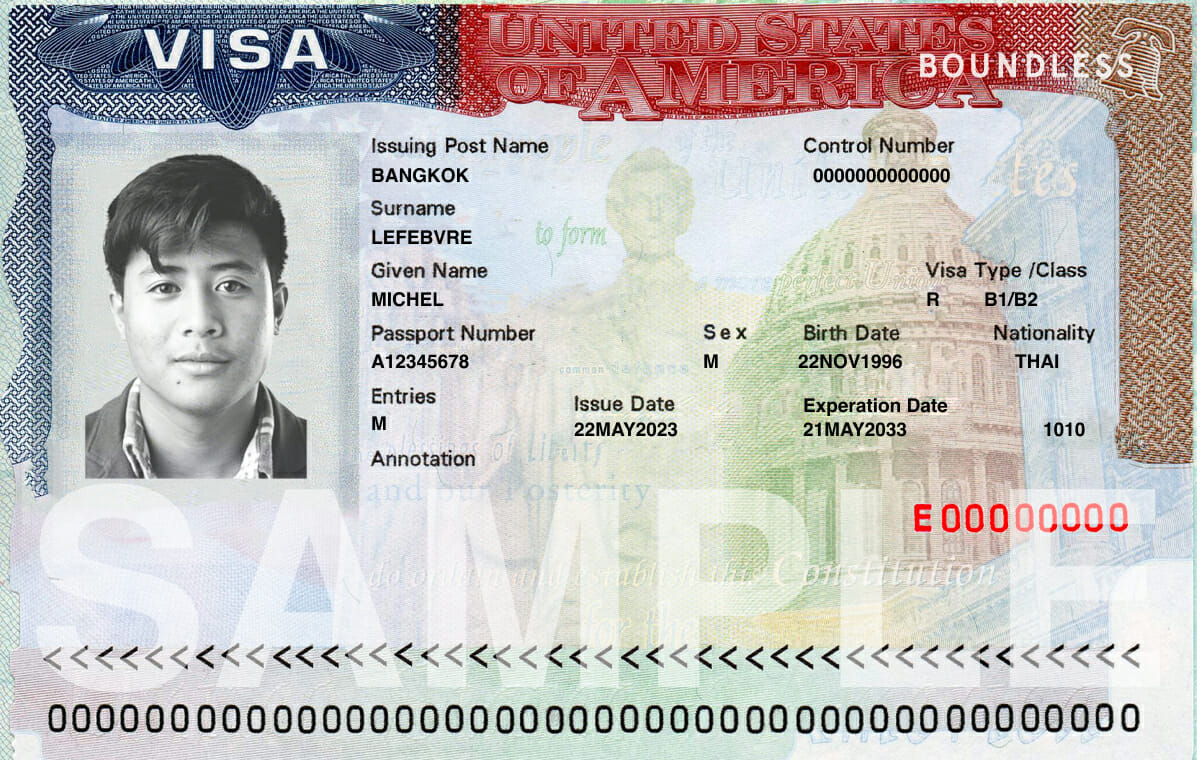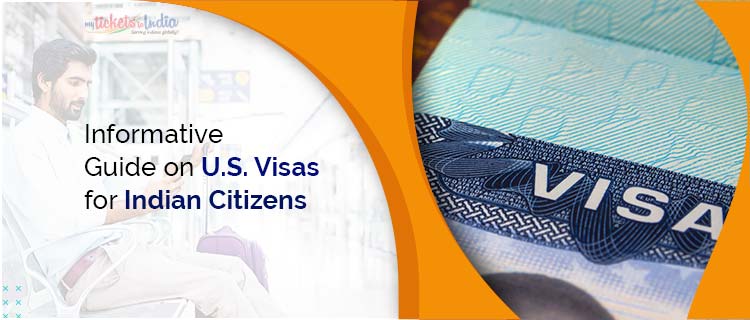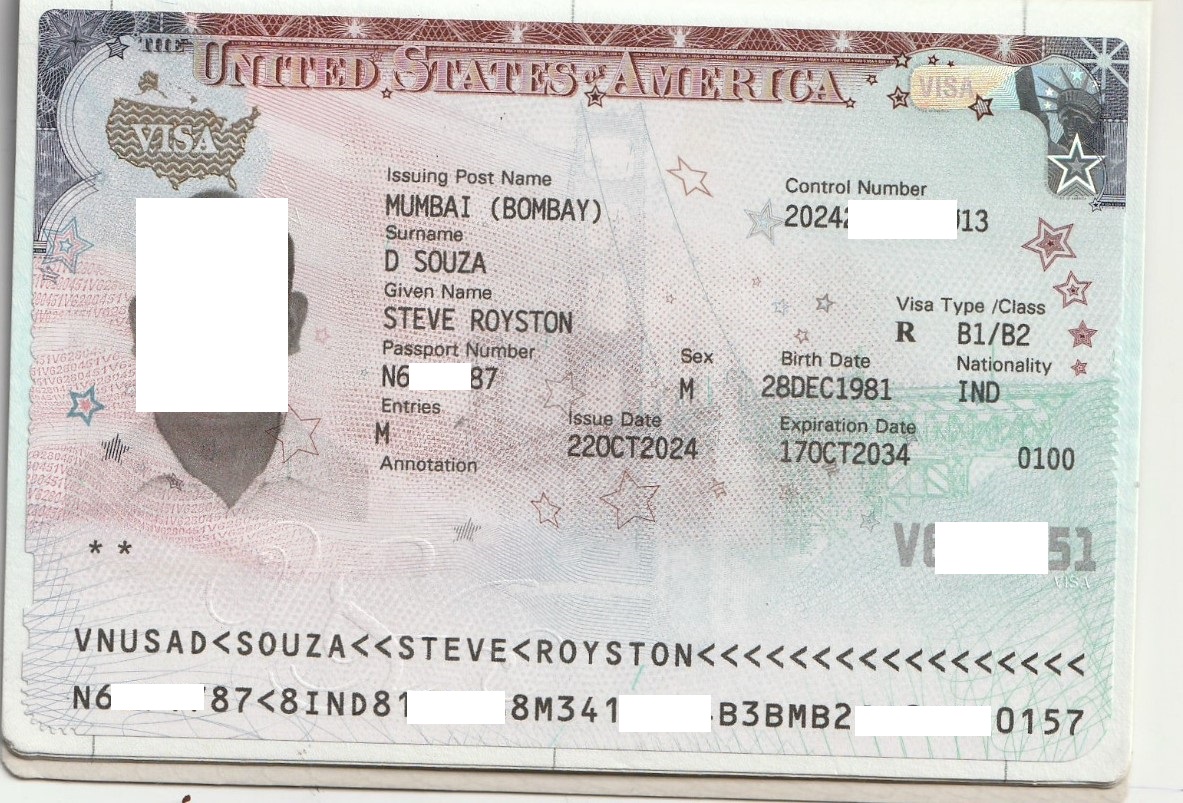Types Of US Visas: Essential FAQs Answered
Opening Opportunities: Essential Info on US Visas for Indian Citizens
Maneuvering the complexities of US visa alternatives is necessary for Indian residents aiming to explore possibilities in the US. With different classifications varying from temporary site visitor visas to paths for irreversible residency, comprehending the nuances of each can considerably affect one's journey. This discussion will highlight crucial info, including application procedures and eligibility standards, that can encourage individuals in their quest of new experiences. As we unpack these essential facets, the question occurs: what methods can one employ to improve their opportunities of a successful application?
Overview people Visa Kind
When passing through the facility landscape of US migration, recognizing the different sorts of visas readily available is crucial for Indian people seeking access right into the US (Types Of US Visas). The US immigration system is largely classified right into 2 broad categories: immigrant visas and non-immigrant visas
Immigrant visas are assigned for those planning to live completely in the US. These include family-sponsored and employment-based visas, where applicants usually require a sponsor. Non-immigrant visas, on the various other hand, deal with people seeking short-lived home, such as travelers, business site visitors, and those taking a trip for specific functions like work or research.
Within the non-immigrant classification, several visa kinds exist, including B-1/ B-2 for company and tourist, H-1B for specialized professions, L-1 for intra-company transferees, and O-1 for people with remarkable capabilities. Each visa has distinctive eligibility demands and application procedures, requiring complete research to establish the suitable category.
Recognizing these categories is vital for Indian citizens, as it enables them to navigate the application procedure better, ensuring they choose the right visa kind to meet their certain demands and objectives. US Visas For Indian Citizens.
Student Visa Options
For Indian people desiring research in the US, trainee visas offer a vital pathway to seek academic opportunities. The main visa categories for trainees are the F-1 and M-1 visas.
The F-1 visa is marked for academic trainees enlisted in a permanent program at an approved organization, such as colleges and colleges. This visa allows students to participate in on-campus work and, under certain problems, take part in optional sensible training (OPT) after finishing their degree, giving useful job experience in their field.
Conversely, the M-1 visa is planned for occupation or non-academic programs. It satisfies trainees pursuing technological or employment training, allowing them to register in non-degree programs. M-1 visa owners may take part in functional training, yet it is typically much more restricted compared to the F-1 classification.
To acquire a pupil visa, candidates should secure admission to an U.S. institution, get a Form I-20, and show financial capability to support their education and learning and living costs. Understanding these visa options is substantial for Indian people intending to begin their instructional journey in the US.
Visa Categories
Numerous Indian citizens looking for job opportunity in the US might consider different groups customized to various specialist demands and qualifications. The most prominent is the H-1B visa, designed for competent workers in specialized line of work needing a greater education and learning degree or its equal. It enables US companies to momentarily employ international workers, with a cap on the number of visas provided every year.
An additional important category is the L-1 visa, which helps with the transfer of workers within international business. The L-1A visa is for supervisors and execs, while the L-1B visa is for staff members with specialized understanding.
The O-1 visa satisfies individuals with amazing capacities in their field, including scientific research, arts, or business. For agricultural or seasonal work, the H-2A and H-2B visas are readily available, permitting employers to hire international workers for short-lived settings.
Family-Based Immigration
Family-based immigration supplies a pathway for US people and lawful long-term residents to reunite with their loved ones from India. This immigration group is fundamental for maintaining familial bonds and promoting the integration of relative into USn culture. US residents can seek for immediate family members, consisting of spouses, children, and parents, without encountering annual limits on visas. This expedited process considerably reduces waiting times for these close household links.
On the other hand, authorized irreversible residents might fund partners and single children, however they go through annual caps, causing longer wait times. The family-sponsored immigration system is divided into two primary classifications: instant loved ones and household choice groups. The previous consists of those who have a direct partnership with an U.S. resident, while the last encompasses more far-off loved ones, such as brother or sisters and married children of people, and kids of lawful long-term citizens.
For Indian residents looking for family-based migration, recognizing the subtleties of this system is critical. Appropriate documents and adherence to application methods are crucial for successful sponsorship. By maneuvering with these complexities, family members can work towards rejoining and building their lives with each other in the US.
Irreversible Residency Process
The procedure of obtaining permanent residency in the US includes several vital visa categories customized for Indian people. Recognizing the application actions, including essential documents and eligibility requirements, is important for an effective result. Additionally, potential candidates should know the expected timeline and details needs related to each classification.
Visa Categories Introduction
While traversing the complexities of the US immigration system, Indian citizens looking for irreversible residency must familiarize themselves with different visa classifications customized to various scenarios. The key pathway for permanent residency is through employment-based visas, which are classified right into a number of choices, including EB-1 for individuals with remarkable capacities, EB-2 for professionals holding sophisticated degrees, and EB-3 for proficient employees. Each classification has certain qualification demands and processing times.

Variety visas, although limited in number, provide a chance for individuals from underrepresented countries to request long-term residency via a lottery system. Additionally, altruistic alternatives such as asylum and evacuee condition deal pathways for those encountering mistreatment.
Recognizing these visa groups is essential for Indian citizens, as they greatly influence the approach for getting irreversible residency in the US. Each group's nuances and requirements necessitate cautious factor to consider to align with private scenarios and goals.
Application Process Steps
Guiding the application procedure for permanent residency in the US involves several vital steps that should be thoroughly complied with to guarantee a successful outcome. The trip usually begins with establishing the suitable migration group, such as employment-based or family-sponsored visas. Applicants must gather vital documentation, including evidence of eligibility, economic statements, and individual recognition.
When the classification is determined, the next step is to submit the Type I-130 (Request for Alien Family Member) or Form I-140 (Immigrant Request for Alien Employee), depending on the basis of the application. Adhering to the authorization of the request, candidates will certainly require to complete the National Visa Facility (NVC) handling by submitting the called for fees and kinds.
Next, the candidate must undertake a clinical assessment and get police clearance certificates. As soon as these are finished, an interview will be scheduled at the US consular office or embassy. It is essential to prepare completely for this interview, as it can substantially influence the choice on the application. Upon approval, the applicant will receive their visa, approving them long-term residency in the United States.
Timeline and Needs
Charting the timeline and requirements for getting irreversible residency in the US is necessary for Indian people looking for to establish a long-lasting visibility. The procedure largely rests on employment-based or family-sponsored pathways, each with specific prerequisites and timelines.
For employment-based migration, the procedure commonly starts with a labor qualification, which can take numerous months. As soon as authorized, the company submits a Type I-140, Immigrant Request for Alien Employee, which can take an additional six months to a year, depending on the handling. Adhering to I-140 authorization, candidates might need to await their top priority day to come to be current, which can vary significantly based upon the applicant's category and native land.
For family-sponsored immigration, US people can seek for prompt relatives, which normally results in faster processing. However, various other household classifications might include longer wait times as a result of annual caps.
Application Treatments
Recognizing the application procedures for US visas is necessary for Indian citizens seeking entry right into the US. How To Get US Visa From India. This area will certainly supply a summary of different visa groups and outline the step-by-step process for applying. By complying with these guidelines, applicants can navigate the intricacies of the visa properly
Visa Categories Summary
Maneuvering the different visa classifications readily available to Indian citizens can be a complex procedure, yet it is essential for those seeking to travel, function, or research study in the US. The US visa system is classified mostly right into non-immigrant and immigrant visas, each offering distinctive objectives.
Non-immigrant visas, such as B-1/ B-2 for company and tourist, F-1 for scholastic study, and H-1B for specialized work, enable short-term keeps. Candidates have to demonstrate their intent to return to India after their check out.
On the other hand, immigrant visas, including family-sponsored and employment-based groups, supply a path to irreversible residency. These visas commonly call for sponsorship from a relative or company in the US, in addition to a strenuous application process.

Step-by-Step Process
Generally, the application procedure for US visas involves several essential steps that applicants have to carefully follow to assure a smooth experience. The very first action is to identify the appropriate visa group based on the objective of travel, such as work, research study, or tourist. Once the classification is recognized, candidates should finish the on-line DS-160 type, giving precise personal information and travel information.
After sending the DS-160, candidates should pay the visa fee, which varies by visa kind. Next, schedule a consultation for a visa meeting at the nearby US Embassy or Consulate. US Visas For Indian Citizens. It is essential to get ready for the interview by event needed papers, consisting of a legitimate visa, visa confirmation, charge settlement invoice, and any type of sustaining documentation particular to the visa classification
On the day of the meeting, get here punctually and outfit appropriately. During the interview, be prepared to address inquiries regarding your travel intents, monetary security, and ties to India. If authorized, the visa will be marked in the visa, permitting for traveling to the United States. Following these steps ensures an efficient and effective application procedure for Indian people.
Tips for a Successful Application

Make certain that all types are completed accurately and honestly. Tiny mistakes or noninclusions can cause delays and even rejections. It is suggested to collect all needed sustaining records, consisting of economic declarations, employment letters, and proof of ties to India, which demonstrate your intent to return post-visit.
Prepare for your visa meeting by practicing feedbacks to usual concerns related to your itinerary and history - US Visas For Indian Citizens. Self-confidence and clarity can substantially impact the policeman's perception. Think about seeking assistance from reliable migration specialists if you feel overwhelmed.
Frequently Asked Inquiries
What Are the Handling Times for US applications?
Handling times for US visa can differ significantly based on the visa type, application volume, and the candidate's area - US Visas For Indian Citizens. Normally, applicants ought to expect a processing period varying from a couple of weeks to a number of months
Can I Adjustment My Visa Condition While in the US?
Yes, people can change their visa standing while in the US, supplied they fulfill eligibility needs and follow appropriate treatments. It is essential to submit the suitable application with US Citizenship and Migration Services (USCIS)
Exist Age Boundary for US Visa Candidates?
There are normally no details age limitations for US visa candidates; nonetheless, specific visa groups may have age-related qualification standards. It is very important get more info to review the requirements for every visa type to guarantee conformity.
What Are Typical Reasons for Rejection?
Common reasons copyright rejection include not enough funds, failure to demonstrate connections to the home nation, incomplete application forms, lack of appropriate documentation, previous migration offenses, and failing to meet eligibility requirements for the details visa category.
Just How Can I Appeal a Visa Denial Decision?
To appeal a visa rejection, review the consular policeman's factors, gather sustaining documents, and send an official interest the proper authority, ensuring to stick to defined timelines and procedural demands for the charm process.